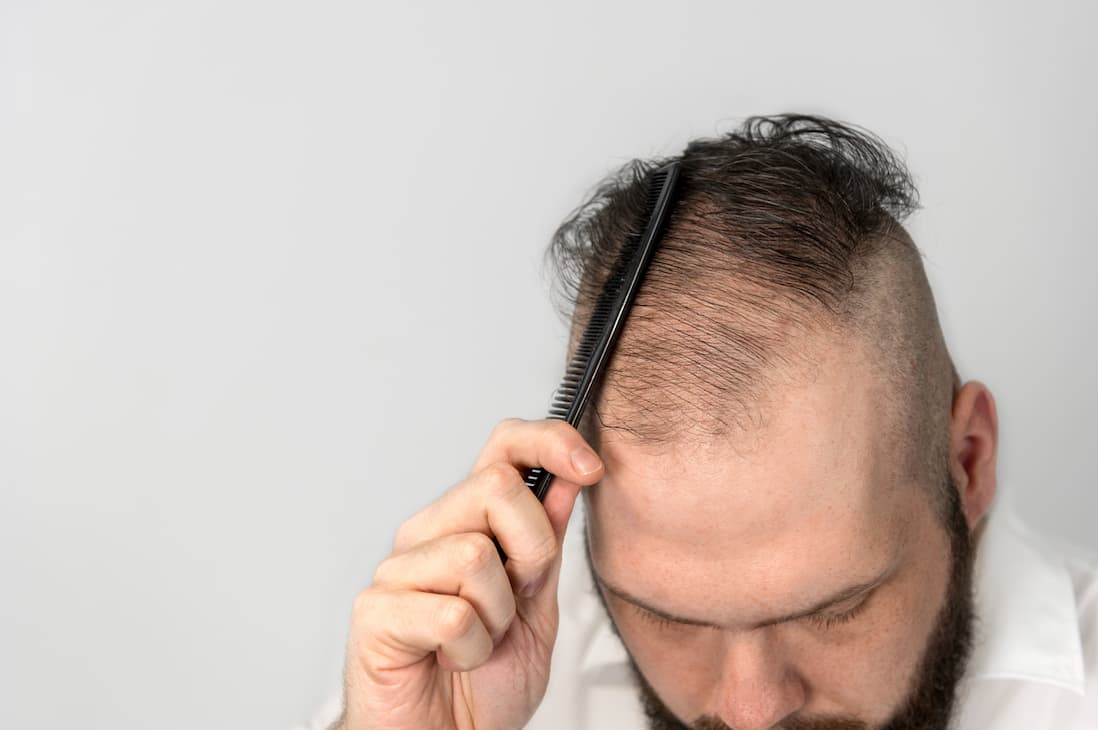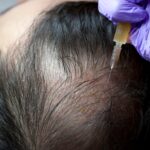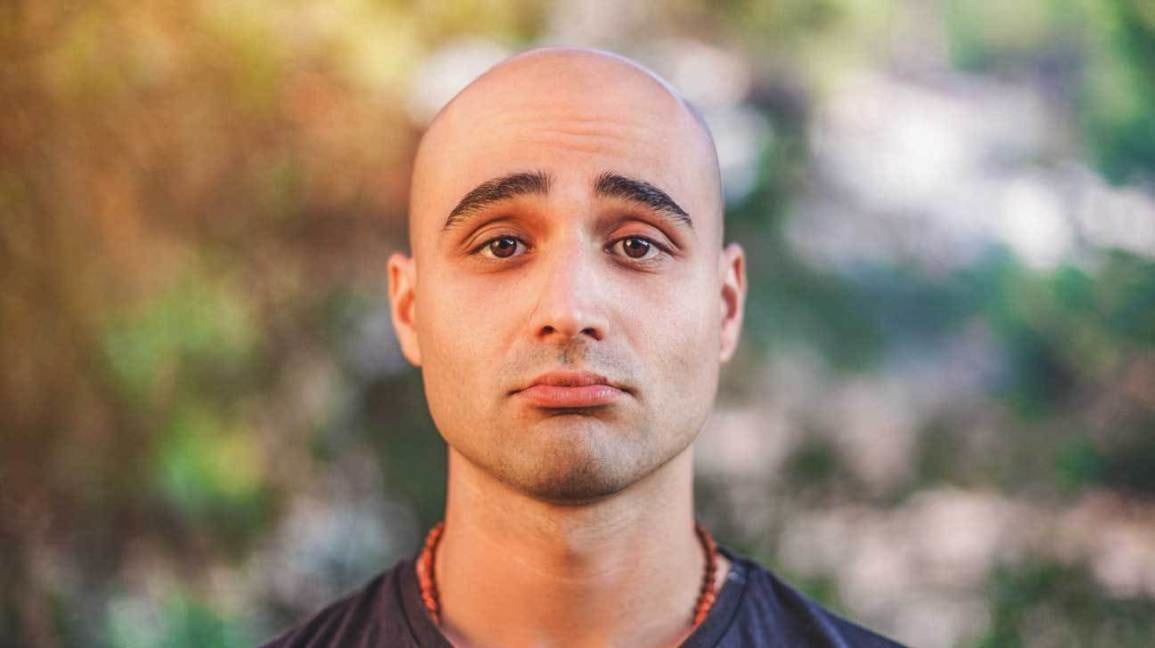Finasteride is one of the popular antiandrogens that is often used in hair loss treatment. Besides its numerous application areas, most of us know or heard about it when we started to suffer hair loss. Without a doubt, this miracle substance is a hope for many men.
Just like many other substances, finasteride can also have some side effects. However, is it true that finasteride causes shedding? If you wonder about the answer to this question, then this guide is for you! Keep reading!
What Is Finasteride?
We have briefly mentioned finasteride in the previous section. It is also known as Propecia and both terms refer to the same substance. This antiandrogen inhibits a special enzyme, which reaction can lead to hair loss.
This enzyme converts the testosterone hormones into dihydrotestosterone, which is the main actor in many hair loss cases. By inhibiting the enzyme, finasteride can slow down and even stop your hair loss.
Does It Cause Shedding?
It is true that finasteride causes shedding. Well, you may be wondering why we told you finasteride can slow down and even prevent hair loss. The shedding is a temporary reaction when you receive finasteride treatment.
This does not happen in a day or a few weeks after you start the treatment. On average, patients experience shedding due to finasteride between 3 and 6 months after they started to receive treatment. This shedding is temporary and usually takes about a few weeks.
If you experience shedding, you should not worry but instead, be glad about it! Shedding is the sign that treatment is working and your new hair follicles have started to grow. With the start of finasteride treatment, you block the enzyme that leads to hair loss.
Since your testosterone is not converted to dihydrotestosterone anymore, these old hair follicles are being replaced with robust follicles by your body.







